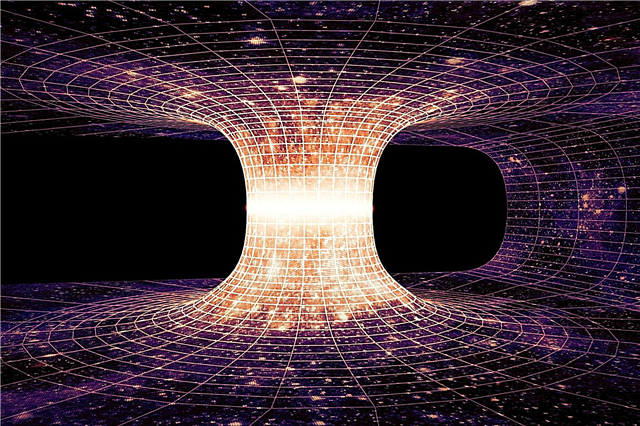
Almost at any time of the year in Russia you can see clouds in the sky. You don’t need to be a meteorologist to understand: if the clouds move quickly towards, then there will be a strong wind, and if the sky is covered with a dark veil, it will rain soon. And if such things are a well-known fact, then how the color of the clouds is formed, why some are white, others are gray, remains a mystery to some.
Cloud History
The first attempts to study this natural phenomenon were made in the XVIII century, when balloons were invented. Researchers took to the air and flew to the lower layers of clouds.
Almost immediately, it was established that the “white vapor” flying above the earth consists of water or ice particles, depending on the temperature. So the theory appeared that clouds are water vapor that rose up and connected. And since the particles are light in mass, their upward velocity is higher than the rate of fall. That is why the appearance of clouds is not accompanied by precipitation.
Rain clouds occur as a result of condensation processes. The liquid collects in droplets, which weigh much more than other particles. The upward flow can no longer support them in the air, and they fall due to gravity, forming rain.
Realizing the nature of the clouds, people began to study their constituent particles. Initially, it was assumed that these particles are microscopic bubbles filled with air, covered with a thin water membrane and are called “vesicles”.
In 1880, the vesicular theory was refuted.Scientists studied the particles in detail at the microscopic level, found that they are completely composed of moisture or ice.
Interesting fact: The particle size depends on the height at which the cloud is located. In clusters closest to the ground, they can be up to 0.035 mm, and on high layers the value reaches only 0.006 mm.
Around the same period, it was proved that the clouds contained microscopic particles of dust or other solid substances, and without them the appearance of the cloud itself is impossible. Billions of dust soar in the air, collecting tiny particles of moisture on themselves. This “swarm” gradually accumulates moisture, during which it turns into a cloud.
People established all these facts at the end of the 19th century. Since then, people have not stopped exploring the clouds.
Types of clouds
There are several types of clouds that differ in structure and appearance. Moreover, each class hovers above the ground at a certain height.

Within 3 km above sea level, cumulus, layered and rain clouds can be observed. They boast high density. Above are various types of cirrus clusters with a fiber structure.
Interesting fact: cumulus clouds usually do not rise above 2 km above sea level due to the large weight of water particles. Before they are high, precipitation begins to fall.
Why are the clouds white and the clouds gray?
Color directly depends on the amount of liquid and its density per unit volume. When the sun's rays fall on the cloud, light is reflected from water particles in different directions, and part of it is delayed, not reaching the ground.This can be clearly seen when the cloud covers the Sun, and a shadow appears under it.
The color of cloud clusters directly depends on the number of particles found on the path of sunlight to the ground. The more of them, the more light is delayed and absorbed, respectively, in this place a gray area appears.
Clouds per unit volume account for a large number of large particles, which greatly impede the passage of light. Because of this, her entire area does not seem white, but gray.
Clouds absorb the sun's rays, preventing them from reaching the earth in full. The higher the density of water particles per unit volume in them, the darker the cloud looks, since it holds up more light. The density of the clouds is too high, and they pass through themselves few rays, which makes them appear gray.












